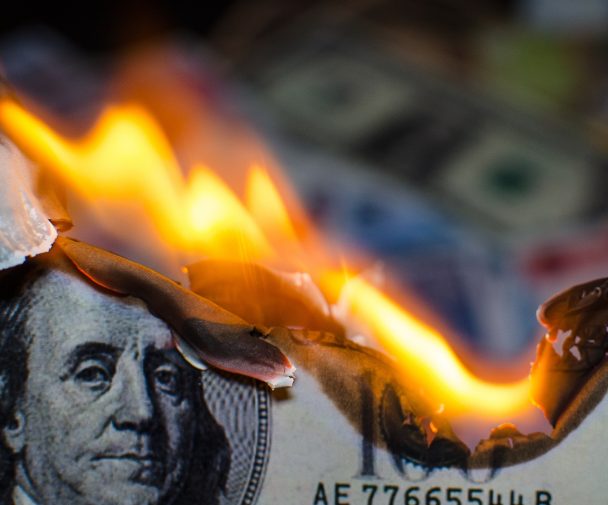
Cryptocurrency Control
Crony-Capitalism and Cashing-In on Nothing Changing
WRITTEN BY SHAH GILANI
If you think cryptocurrencies are the future, you’re right. If you think bitcoin, the first cryptocurrency, has a future, you’re wrong.
Sure, the advent of cryptocurrencies is proof positive that everything changes. But, the failure of bitcoin to become a viable means of exchange, and more tellingly, Facebook’s wannabe world-changing cryptocurrency Libra being killed in its crib, proves that as much as everything changes, some things stay the same.
Here’s why bitcoin still lives, why libra was killed off, what the future of cryptocurrencies is going to be, and how to make a lot of money as nothing really changes.
Bitcoin created a stir when it came out in 2009. But the hype around the new cryptocurrency wasn’t about cryptography, blockchain, or distributed ledgers.
It was about how bitcoin was mined, how it wasn’t government controlled or issued by a central bank. It was about freedom, including from fiat money and fractional reserve banking. It was about anonymity and cryptocurrencies changing the world.
None of that was ever going to happen.
The crony capitalists who control money in the real world, namely governments, central banks and their minions, were never going to relinquish their hold on what they want us to believe is a store of value, or their fiat, fractional reserve banking regime that yields trillions of dollars in interest and finances government spending for votes.
Bitcoin was attacked by entrenched powers who saw it as a shot across the bow of the ship that floats the capitalist oligarchy. But squashing the interloper wasn’t necessary.
The new crypto’s limitations were correctly calculated and a “live and let die” approach centered on not regulating bitcoin to make it stable. On its own, bitcoin became extremely volatile, sinking its prospects as a stable currency or store of value.
That’s why bitcoin’s still alive, not as a fungible currency, as a speculative synthetic instrument to be traded like tulips.
Facebook’s libra, on the other hand, was no shot in the dark.
Government and central bank powers correctly saw libra as the ultimate Trojan Horse, making its way into a village of 2.3 billion Facebook users and unleashing a replacement for existing currencies.
Libra would be backed by founding partners and future partners who, using global currencies, would buy interest-bearing government bonds to tether it to reality. It would be a global currency and a real store of value and an inexpensive and fungible means of exchange.
It would also make its issuers rich as the massive amount of “backing” they put up collected risk-free interest. It would be a fiat currency, only trusted because it wasn’t a government or central bank ploy.
Ultimately, libra could be multiplied like money and credit in a fractional reserve system. It would be a game changer. That’s why libra had to be killed.
But the technology behind cryptocurrencies, blockchain, can’t be killed because it is the future. It won’t be killed because crony capitalists are figuring out how to use blockchain to their advantage. In fact, the future of cryptocurrency, like it or not, will be central bank issued cryptocurrencies.
Why? Because the money and credit that our financial systems are based on, including mountains of Treasury debt denominated in dollars, the extension of credit by banks through the fractional reserve system, the functioning of our economy, and the generation of trillions of dollars in interest on Federal Reserve Notes, is the domain of the Federal Reserve System, supported, of course, by Congress.
The Fed’s eventually going to come up with its own cryptocurrency because it’s easier to trace, easier to tax, and easier to control than paper money. Until then, and even then, remember some things, no matter how they look like they’re changing, remain the same.
That means in old dollar terms or future dollar-crypto terms, the Fed’s going to keep rates lower for longer, the stock market’s going to continue going higher, bonds are going to continue to trade in a range, no matter how volatile they get from time to time, and real estate, as the last great hard asset, is going to appreciate over time, as it always does.
Who says change is good?











